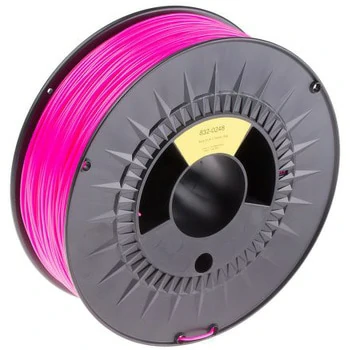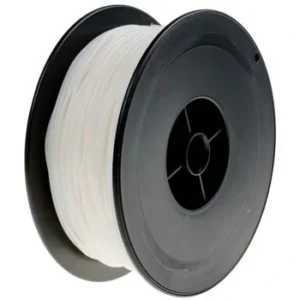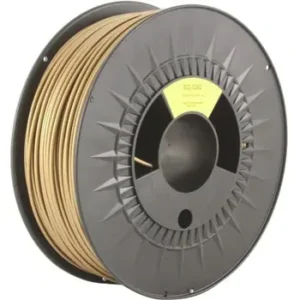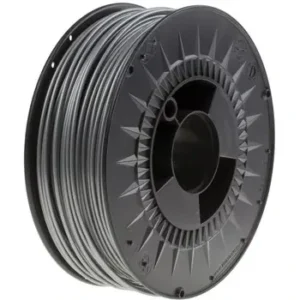Description
Description
Quantity: 1 piece
Specification: Printing Technology: FDM, Printed Material: PLA, Mechanical Specification: None, Color: Pink, Weight: 1kg, Diameter: 1.75mm
Polylactic Acid resin has low warping, so it can be printed without a heated bed. If a heated bed is available, the recommended temperature is approximately 35-60闂傚倷鑳堕、濠傗枍閿濆鍋?
PLA can be used with all common desktop FDM or FFF technology 3D printers.
RS PRO 3D Printer Filament PLA 1.75 mm, 1 kg.
Polylactic Acid (PLA): A biodegradable plastic generated from renewable natural resources, and one of the most common materials used for 3D printing.
Plastics such as PLA are simple, highly dimensionally accurate, and low cost, making them the most common 3D printing materials.
PLA can be formed at low temperatures, does not require a heated bed, and is one of the most environmentally friendly filaments.
PLA is a durable and easy-to-use high-quality PLA type filament, ideal for 3D printing.
With slight improvements, this filament retains typical PLA characteristics while becoming even more robust and less brittle.
PLA has a low shrinkage rate, so it does not deform after cooling.
This RS Pro Series PLA 3D printing material is available in various colors:
832-0210 Natural Color
832-0214 Black
832-0220 Red
832-0223 White
832-0226 Blue
832-0232 Yellow
832-0236 Orange
832-0239 Green
832-0242 Gold
832-0245 Silver
832-0248 Pink
832-0251 Gray
832-0254 Fluorescent Yellow
832-0258 Fluorescent Orange
832-0267 Luminous Dark Green
Features and Benefits:
Stronger and less brittle than regular PLA
Easy to print even at low temperatures
Low warping
Unlike ABS filament, PLA is biodegradable and derived from crops such as corn and sugarcane
Low odor
Long shelf life
When purchasing filament, proper storage is essential to maintain quality.
Over time, the plastic absorbs moisture from the air, creating small bubbles in the filament.
When these bubbles heat in the extruder nozzle, they quickly reach boiling point, compromising print quality.
Use of desiccant dehumidifiers that absorb moisture is strongly recommended.
Storage Location: Store in a cool, dry place (15-25 degrees Celsius), away from ultraviolet light.
This greatly improves storage lifespan.
Typical Applications:
PLA is used in a wide range of applications including:
General modeling
Hobbyists
Medical
Education
Prototyping
Jewelry
Architectural models
Aerospace industry




